...connecting the UK
 |
In the 21st century, virtually all (UK) telephone and data traffic is processed by digital switches, with increasing use of Gigabit routers and TCP/IP techniques. |
In this section we look back to a time when Strowger, Crossbar and Electronic switching carried the bulk of the calls, but first a brief look at the signalling arrangements for early manual exchanges...
Early Exchanges
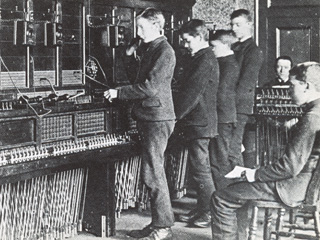 |
Very early exchanges used a variety of signalling systems produced by different manufacturers as the most suitable form of switchboard and exchange design evolved over the years. The Central Battery (CB) exchange was the preferred method of providing service in large towns. |
| Exchange Types | |
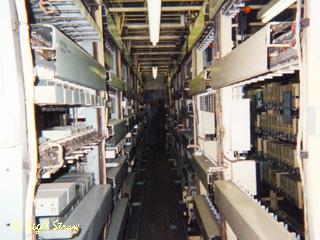 |
Once, all switching equipment used electro-mechanical switches to connect telephone calls. The Strowger system used a step-by-step process to route calls through the exchange. The Crossbar system used cross-point switches with marker control and lots of relays. Even the replacement electronic systems used reed-relays, until the solid-state System X and System Y switches were introduced in the late 1970s. |
| The Story of Subscriber Trunk Dialling (STD) | |
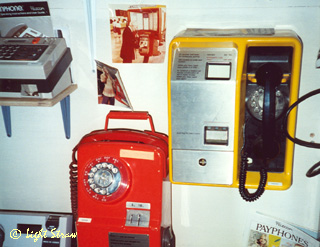 |
Prior to December 1958, only local calls (within a few miles of a town) could be directly dialled; all long distance or trunk calls had to be connected via an operator. All medium sized towns had their own operator or Auto-Manual Centre (AMC) at which the calls were received, connected and charged for; a very labour intensive process, which typically employed hundreds of staff at each location. |
| Recorded Information Services | |
 |
The Recorded Information Services began on 24th July 1936 with the introduction of the Speaking Clock, in the London Director Area. The Test Match, Weather, Dial - A - Disc and many others were to follow... |
| Sounds | |
 |
Here we take a listen to some of the sounds of a telephone exchange, which you may have heard, during the Strowger Era. |
| Telegraphs & Telex | |
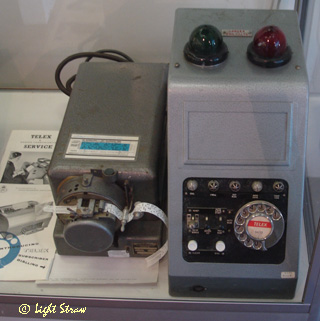 |
This section will take a look at the automation of the Telegraph Services from the late 1930s onwards and their evolution into Telex and Datel which were the forerunners of today's dial-up and high speed data links. |
| Mobile Exchanges | |
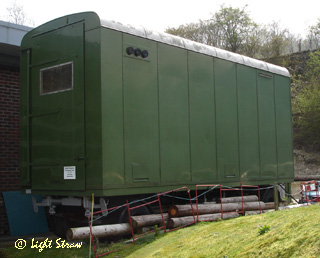 |
Over the years, a variety of mobile exchanges were built to provide extra exchange capacity where it was most needed and to give emergency cover in the event of a disaster. Typical equipments fitted ranged from special UAX variants, Non-Director to TXE2 as well as containerised Digital and customer switch replacement modules. |
All logos and trade marks are the property of their respective owners and are used on the Light Straw site(s) for review only. Students and researchers are recommended to make their own independent enquiries as to the accuracy of the information contained therein.